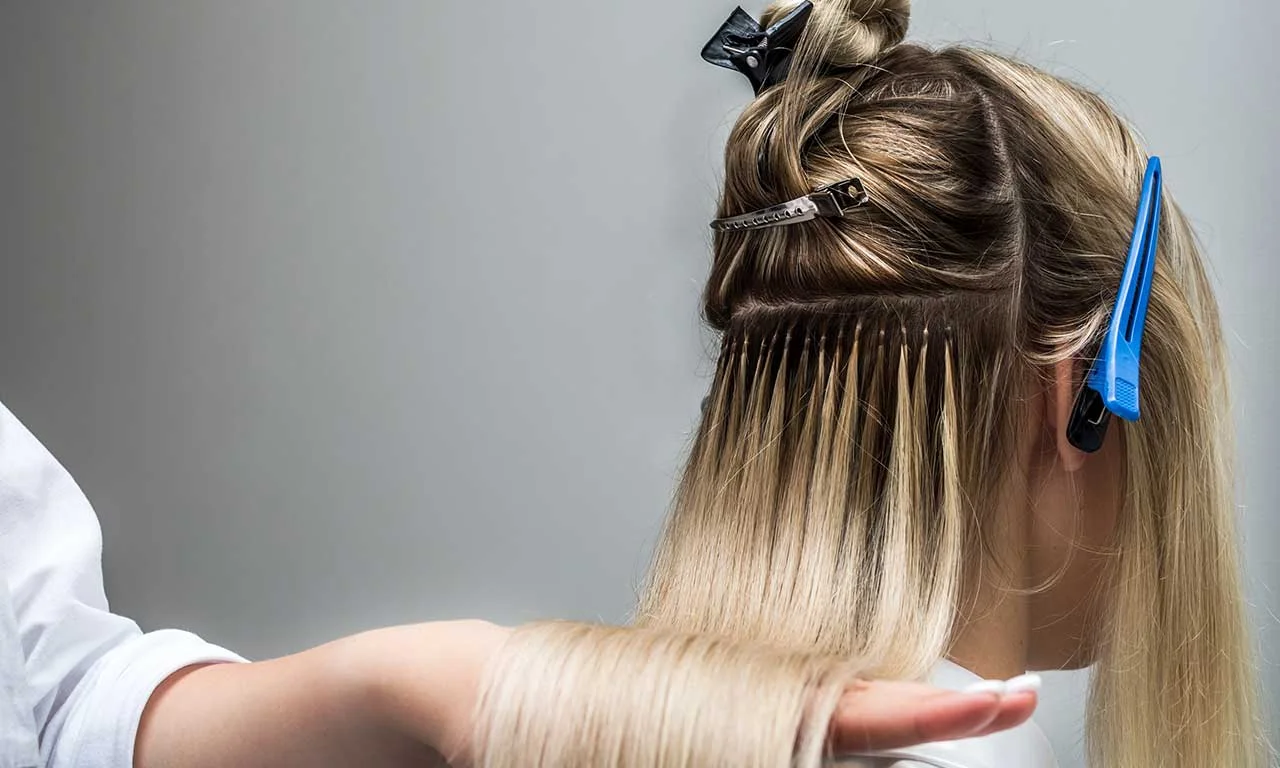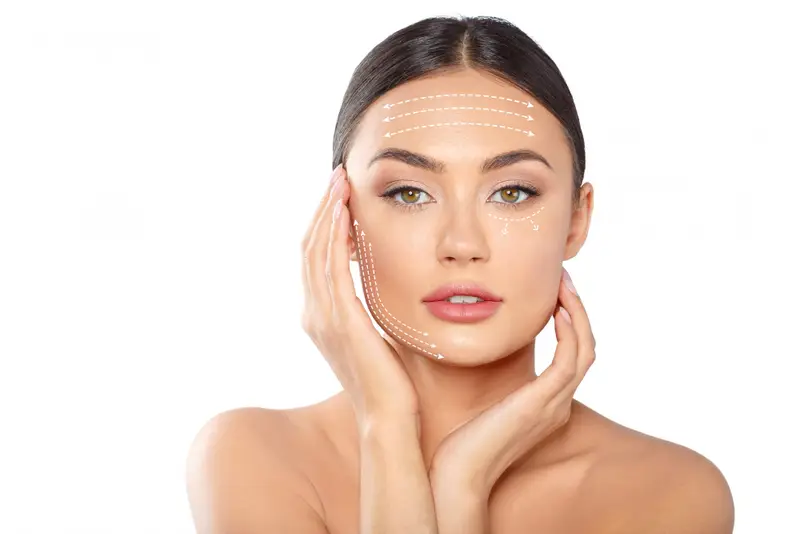Hair extensions, also known as weaves, are strands of human or synthetic hair permanently affixed to a person’s scalp to change their hair’s length, thickness, or color. Not all extensions are created equal; however, some may be worn for up to a year before being cut off. Hair extensions that are a good match in terms of color and texture become undetectable.
Hair Salons provide extensions made from natural human hair, which is of a high grade. You may treat them like your own hair by washing, conditioning, drying, and dyeing them. Of course, you may express your own sense of style with them as well. You may find synthetic extensions at most cosmetics and clothing boutiques; they’re crafted from man-made fibers of several varieties.
Real Vs Synthetic
However, the savings from using synthetic hair over real hair do not come without a cost. Synthetic fibers don’t last as long as real hair (sun, heat, etc.) While real hair extensions, when properly cared for, may last for up to a year, their synthetic counterparts often only last a few months. The average lifespan of Luxy Hair Remy, human hair extensions, is one year.
When compared to synthetic hair, human hair looks and feels the most authentic since it can be treated and styled like your own hair. It will stay longer than synthetic hair and mix in naturally with your hair. Synthetic hair may cost less up front, but it won’t look or feel quite as real, can’t be styled with heat, and will fall apart before your own eyes.
Now that we’ve covered synthetic vs real, we can move on to the various extension options.
Sew-In Hair Extensions
The natural hair is first braided into cornrows, then the weave is sewn into the braid or cornrow using a needle and thread. Given how they are attached, weave hair extensions are more common in those with thicker natural hair. The weaving application is often a lengthy procedure (usually several hours.) The tight application approach may feel quite heavy or painful on the scalp, and it doesn’t work well with thin or lighter hair because of the pressure it exerts on the scalp.
Given the technical nature of the process and the fact that it requires sewing, it is best left to a skilled hairstylist. Wig versions of sew-ins are also available; they are sewed into cornrows in the same fashion, but the hair comes in a single piece rather than in wefts.
Clip-in Hair Extensions
Clip-in wefts, or clip-in hair extensions, consist of a row of shaped pieces that are secured together at the bottom with a fabric or silicone clip. This foundation already has connected clips so that you can get started immediately. Attach the clips to your own hair, and you’ll have a whole new look in no time! It’s simple to open and shut each clip.
Because they can be removed and reapplied quickly, clip-in hair extensions are the least permanent kind of extensions. Clip-ins are the fastest and easiest hair extension method to apply at home, taking just 5-15 minutes.
Tape-In Hair Extensions
The name of these hair add-ons is spot on: they are tape-in. The extensions are taped together beforehand and fastened to your natural hair on each side. Due to the necessity for precise alignment with the hair’s roots and the use of a heated instrument to soften the adhesive, tape-in extensions are often administered by a professional hairstylist. You’d also need to have them taken down (with adhesive remover) and put back up again.
Hair may be damaged by using heat on its roots or by an adhesive substance like tape or glue. It takes around 40 minutes to an hour to apply the extensions, and if they are still in excellent shape, you may use them again.
Fusion & Pre-Bonded Hair Extensions
Bonding, or pre-bonded, hair extensions are glued to real hair using glue or another adhesive. Pre-bonded hair extensions are also applied by a hairstylist and take around three to four hours to install. Since fusion extensions are so destructive to your original hair, your stylist may advise you against getting them if they aren’t absolutely necessary.
The application is performed using a device like a hot glue gun, which “glues” the hair to the individual strands of the client’s natural hair. Pre-bonded hair extensions may also be applied using a heat clamp, which melts the glue and bonds the extension to the original hair.
Wigs & Hair Pieces
Hair extensions and wigs come in a variety of shapes and are usually placed on the scalp. Wigs, which were once known as “head coverings,” are designed to envelop the wearer’s scalp and hairline completely. The terms “lace front” and “netting” refer only to the construction process; hence these terms apply equally to all types of wigs. Wigs are designed to conceal your natural hair and function as a complete hair replacement. Wigs may be used for a variety of reasons, including concealing hair loss or baldness or just for a change of style.
Care Alert
You must take very excellent care of your hair extensions if you want them to last. Also, be sure the extensions you choose are healthy for your hair. Pick hair extensions that are light enough since this might cause damage to your natural hair if not done properly. Proper maintenance for your hair and hair extensions includes a regular brushing regimen, enough hydration, and the use of natural products that do not include any drying chemicals.
For the finest results, get your hair extensions applied by a professional who is well-known for their expertise in the field. After the extensions have been installed, a ladies haircut service should be done to blend in the new hair with the old.
Conclusion
Long, luxurious hair has been a fashion goal for decades, not only because it’s one of the season’s must-have styles. On the downside, getting hair to a respectable length takes a lot of time. More importantly, the necessary upkeep is enormous. However, with the aid of hair extensions, you may quickly and easily get the desired length and texture.


















